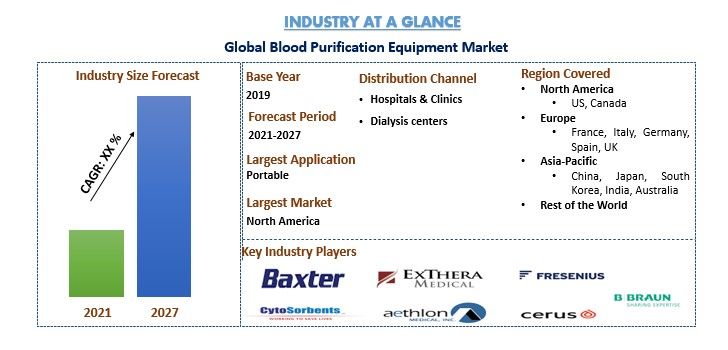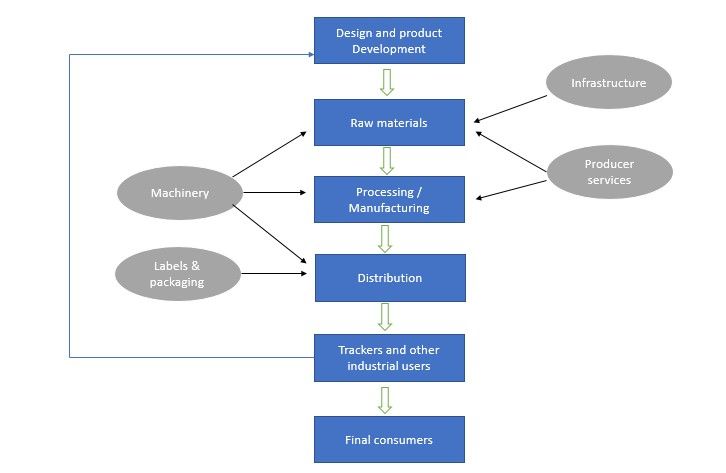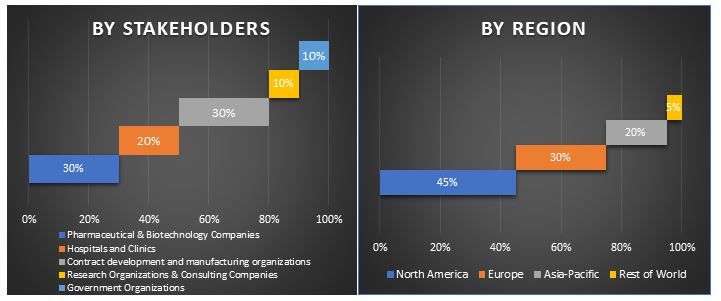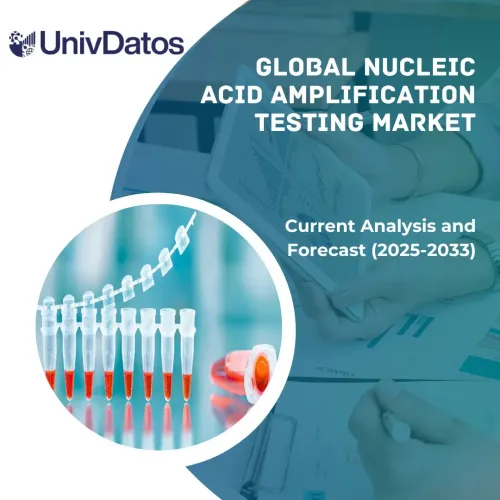- Home
- About Us
- Industry
- Services
- Reading
- Contact Us
Blood Purification Equipment Market: Current Analysis and Forecast (2021-2027)
Emphasis on Type (Dialysis, CRRT, Hemoperfusion, and Others), Product Type (Portable, Stationery); End-User (Hospitals & Clinics, Dialysis Centre, Others); and Region & Country.

Blood Purification Equipment Market was valued at US$ 16 billion in 2020 and is expected to grow at a CAGR of 7% over the forecast period (2021-2027). FDA-Regulated blood purification medical equipment follows precisely documented processes and their performance growing popularity for greater convenience and better clinical outcomes. Transplantation and dialysis are the preferred treatment approaches for End-Stage Renal Diseases which led to the trigger of the global blood purification Equipment Market. Blood purification devices may be effective at treating certain patients with COVID-19 by reducing various pathogens, cytokines, and other inflammatory mediators. The small active proteins in the bloodstream that control a cell’s immune response are filtering the blood and returning the filtered blood to the patientMoreover, a company B. Braun Avitum signed a co-marketing agreement with CytoSorbents Corporation, a critical care immunotherapy leader. The agreement was aimed to promote the use of CytoSorb with B. Braun’s latest OMNI continuous blood purification platform and OMNIset Plus bloodline set (set version 3.0 or higher).
The demand for blood purification therapy has witnessed considerable growth over the last couple of decades and is increasingly being used to treat a range of disorders, which cannot be treated by conventional therapies, including surgery and drug administration. The progress made by bio separation techniques, including filtration, dialysis, and adsorption is one of the key factors expected to provide a considerable boost to the expansion of the blood purification equipment market during the forecast period. along with the increasing support from the FDA in terms of product approval and more, the global blood purification equipment market is expected to surpass the US$ 22.9 Bn mark by the end of 2030.
Furthermore, launch of new technologies and development of novel devices, is contributing to the growing market of Blood Purification Equipment market. For instance: In April 2020, Baxter International Inc. received an emergency use authorization of the filter set developed by the company to treat patients with COVID-19. also, The Manufacturing activity of the blood purification equipment has been hindered due to nationwide lockdowns imposed by many countries. The lockdown created challenges in raw material procurement, availability of skilled workers, and supply of components and consumables.
During the post-lockdown, R&D activities to find innovative uses of blood purification in limiting transmission of coronavirus gained traction. Many companies have been seeking emergency use authorization (EUA) from the U.S. Food & Drug Administration (FDA) to utilize this equipment during the treatment of Covid-infected patients. Baxter International received emergency use authorization (EUA) from the U.S. FDA for its Oxiris filter set. This set is used for the treatment of the patients suffering from COVID-19 and have been admitted to the intensive care unit (ICU) with confirmed or imminent respiratory failure in need of blood purification therapy for reducing pro-inflammatory cytokine levels, including use in continuous renal replacement therapy (CRRT).
Value chain analysis of Blood Purification Equipment

Cytosorbents Corporation, Baxter International, Inc., ExThera Medical Corporation, Aethlon Medical, Inc., Fresenius SE & Co. KGaA, Cerus Corporation, Jafron Biomedical Co., Ltd., Spectra Medical, Inc., B. Braun Melsungen AG, etc., are some of the prominent players operating in the global Blood Purification Equipment market.
Insights Presented in the Report
“Amongst Type, Disposable segment holds the major share.”
Based on the type, the market is fragmented into Dialysis, CRRT, Hemoperfusion, and Others. The Dialysis segment dominated the market with a share of XX% in 2020 and is expected to maintain its dominance during the forecast period. Further, Fresenius Medical Care, a prominent player in the market alone has 4,000 dialysis clinics operating globally as of 2020. For instance: In 2020, For instance, companies such as NxStage and Jafron have developed several blood purification devices that have reduced the mortality rate in patients suffering from acute kidney failure.
“Amongst Product Type, General surgery segment dominated the market during the forecast period.”
Based on product type, the market is mainly fragmented into Portable and Stationery. In 2020, the Portable segment accounted for a maximum market revenue share of XX% and is expected to remain dominant during the analyzed period.
“Amongst End User Type, Hospitals and clinics segment dominated the market during the forecast period.”
Based on End user Type, the market is mainly fragmented into Hospitals & Clinics, Dialysis Centre and Others. Hospitals & Clinics segment would display a significant growth rate during the forecast period. Clinics are integrated with cutting-edge medical devices & equipment. Using blood purification services, clinics can provide speedier patient recovery as these clinics follow international regulations. The people who are currently going through renal failures are generally inclined towards blood purification from clinics that would fuel the growth at an accelerated CAGR of XX% over the forecast period.
Moreover, Developments in filtration & dialysis methods along with adsorption methods have boosted the adoption of these machines in various critical treatments.
“North America represents one of the largest markets of Blood Purification Equipment market.”
For a better understanding of the market dynamics of the Blood Purification Equipment market, a detailed analysis was conducted for different regions across the globe including North America (the U.S, Canada, and the Rest of North America), Europe (Germany, France, Spain, United Kingdom, Italy, and Rest of Europe), Asia-Pacific (China, Japan, India, Australia, South-Korea, and Rest of APAC), Rest of World has been conducted. North America dominated the market and generated revenue of US$ XX million in 2020 owing to the rising per capita income.
Reasons to buy this report:
- The study includes market sizing and forecasting analysis validated by authenticated key industry experts
- The report presents a quick review of overall industry performance at one glance
- The report covers an in-depth analysis of prominent industry peers with a primary focus on key business financials, product portfolio, expansion strategies, and recent developments
- Detailed examination of drivers, restraints, key trends, and opportunities prevailing in the industry
- The study comprehensively covers the market across different segments
- Deep dive regional level analysis of the industry
Customization Options:
Blood Purification Equipment Market can further be customized as per the requirement or any other market segment. Besides this, UMI understands that you may have your own business needs, hence feel free to connect with us to get a report that completely suits your requirements.
Table of Content
Analyzing the historical market, estimation of the current market, and forecasting the future market of the Global Next-generation Sequencing Market were the three major steps undertaken to create and analyze the adoption of NGS for the different diseases across major regions globally. Exhaustive secondary research was conducted to collect the historical market numbers and estimate the current market size. Secondly, to validate these insights, numerous findings and assumptions were taken into consideration. Moreover, exhaustive primary interviews were also conducted, with industry experts across the value chain of the next-generation sequencing technology. Post assumption and validation of market numbers through primary interviews, we employed a top-down/bottom-up approach to forecast the complete market size. Thereafter, market breakdown and data triangulation methods were adopted to estimate and analyze the market size of segments and sub-segments the industry pertains to. Detailed methodology is explained below:
Analysis of Historical Market Size
Step 1: In-Depth Study of Secondary Sources:
Detailed secondary study was conducted to obtain the historical market size of the next-generation sequencing market through company internal sources such as annual report & financial statements, performance presentations, press releases, etc., and external sources including journals, news & articles, government publications, competitor publications, sector reports, third-party database, and other credible publications.
Step 2: Market Segmentation:
After obtaining the historical market size of the next-generation sequencing market, we conducted a detailed secondary analysis to gather historical market insights and share for different segments for major regions. Major segments included in the report are product/services, technology, application, and end-user. Further country-level analyses were conducted to evaluate the overall utilization of next-generation sequencing in every region.
Step 3: Factor Analysis:
After acquiring the historical market size of different segments and sub-segments, we conducted a detailed factor analysis to estimate the current market size of next-generation sequencing market. Further, we conducted factor analysis using dependent and independent variables such as increasing cancer incidence and rising government funded initiatives. A thorough analysis was conducted for demand and supply-side scenario considering top partnerships, merger and acquisition, business expansion, and product launches in the next-generation sequencing industry across the globe.
Current Market Size Estimate & Forecast
Current Market Sizing: Based on actionable insights from the above 3 steps, we arrived at the current market size, key players in the next-generation sequencing market, and market shares of the segments. All the required percentage shares split, and market breakdowns were determined using the above-mentioned secondary approach and were verified through primary interviews.
Estimation & Forecasting: For market estimation and forecast, weights were assigned to different factors including drivers & trends, restraints, and opportunities available for the stakeholders. After analyzing these factors, relevant forecasting techniques i.e. top-down/bottom-up approach was applied to arrive at the market forecast about 2027 for different segments and subsegments across the major markets globally. The research methodology adopted to estimate the market size encompasses:
- The industry’s market size, in terms of value (USD) and the utilization rate of next-generation sequencing across the major markets domestically
- All percentage shares, splits, and breakdowns of market segments and sub-segments
- Key players in the next-generation sequencing market in terms of services offered. Also, the growth strategies adopted by these players to compete in the fast-growing market
Market Size and Share Validation
Primary Research: In-depth interviews were conducted with the Key Opinion Leaders (KOLs) including Top Level Executives (CXO/VPs, Sales Head, Marketing Head, Operational Head, and Regional Head, Country Head, etc.) across major regions. Primary research findings were then summarized, and statistical analysis was performed to prove the stated hypothesis. Inputs from primary research were consolidated with secondary findings, hence turning information into actionable insights.
Split of Primary Participants in Different Regions
Market Engineering
Data triangulation technique was employed to complete the overall market estimation and to arrive at precise statistical numbers of each segment and sub-segment of the next-generation sequencing market. Data was split into several segments & sub-segments post studying various parameters and trends in the areas of product/services, technology, application, and end-user of the next-generation sequencing market.
Main Objective of the Next-generation Sequencing Market Study
The current & future market trends of next-generation sequencing were pinpointed in the study. Investors can gain strategic insights to base their discretion for investments from the qualitative and quantitative analysis performed in the study. Current and future market trends were determined the overall attractiveness of the market at a regional level, providing a platform for the industrial participant to exploit the untapped market to benefit as a first-mover advantage. Other quantitative goals of the studies include:
- Analyze the current and forecast market size of next-generation sequencing in terms of value (USD). Also, analyze the current and forecast market size of different segments and sub-segments
- Segments in the study include areas of product/services, technology, application, and end-user
- Define and analysis of the regulatory framework for the next-generation sequencing industry
- Analyze the value chain involved with the presence of various intermediaries, along with analyzing customer and competitor behaviors of the industry
- Analyze the current and forecast market size of the next-generation sequencing market for the major region
- Major regions studied in the report include North America (the United States and Canada), Europe (Germany, France, Italy, Spain, and United Kingdom), Asia-Pacific (China, Japan, India), and Rest of the World
- Company profiles of the next-generation sequencing market and the growth strategies adopted by the market players to sustain in the fast-growing market
- Deep dive regional level analysis of the industry
Related Reports
Customers who bought this item also bought











